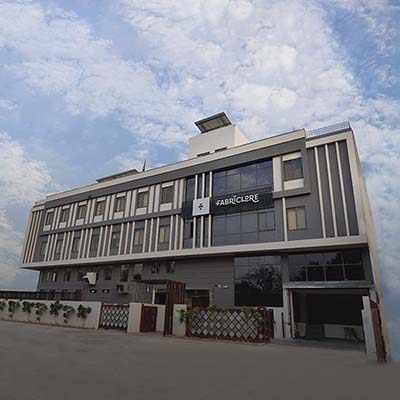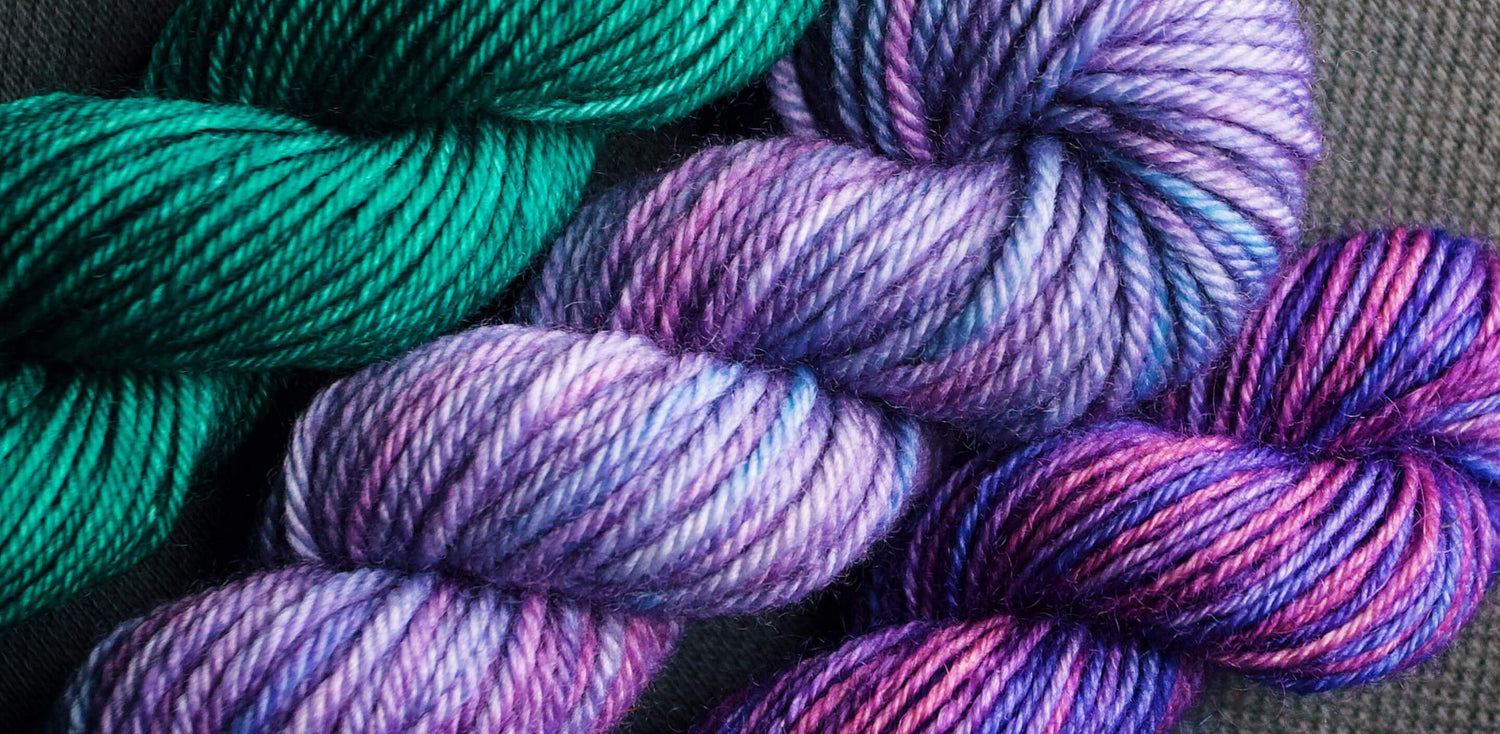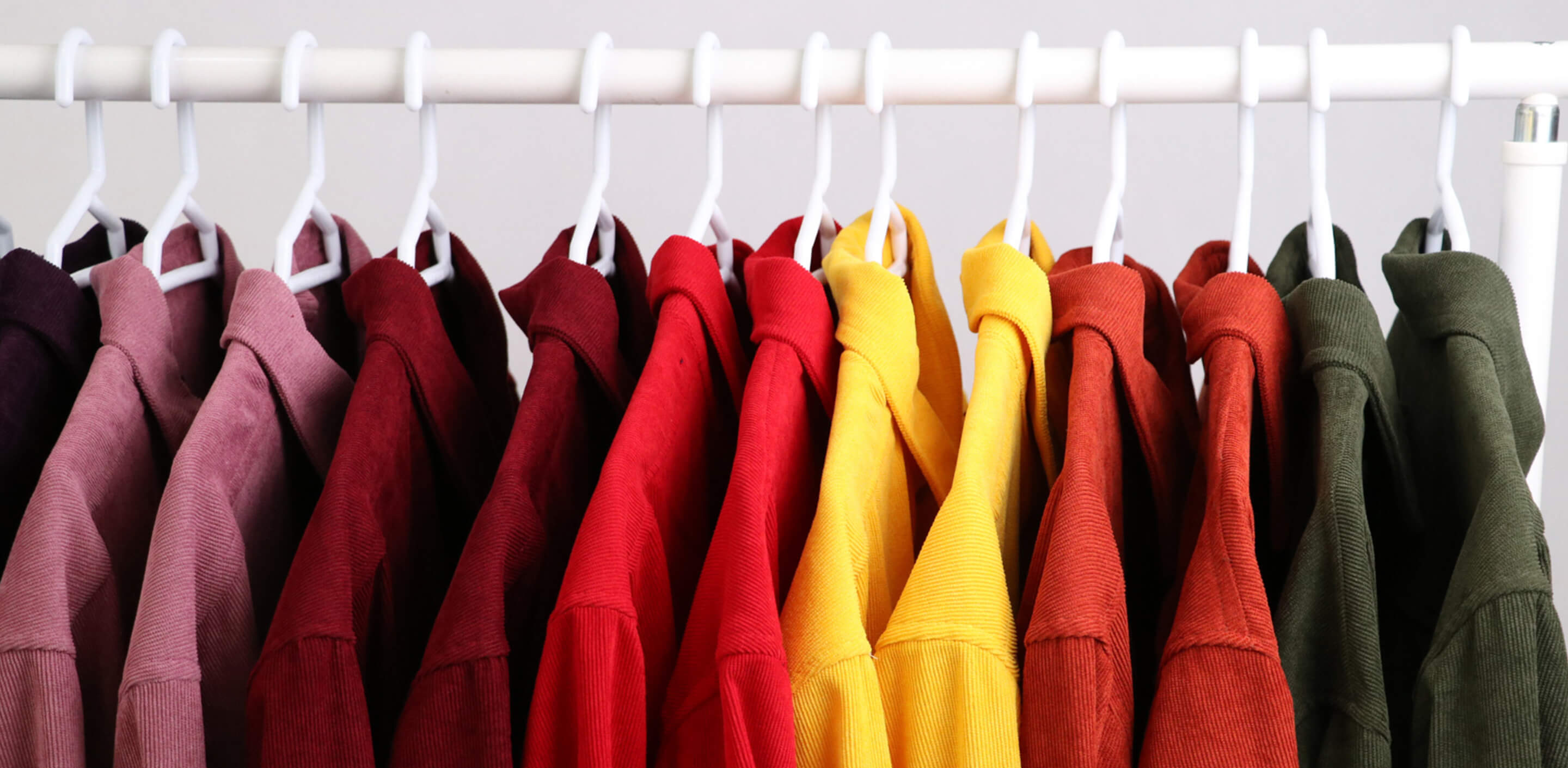It is said that dyes and pigments are often applied using a two-phase system consisting of a dye or pigment solution and a substrate. In this process, a dye bath is used to apply the color. Dyes, chemicals, and other additives are all part of a dye bath's formula. These are the primary means through which color is introduced during the dying process. Various dyes and pigments are used to color textile materials. Fiber, yarn, and fabric are often dyed. Different types of textiles need different dyes, chemicals, and dyeing processes. During the dying process, a bond is created between the fiber and the textile substance, or the dye molecules get embedded in the cloth's molecular structure.
How well a textile takes dye is a key indicator of how well it will function after it's made. There are a number of problems that may occur during the fabric dyeing process, thus it is essential that great care be used if flawlessly coloured textiles are the goal. Distinct defects that are slowly killing off Dyeing refers to the process of coloring fibers, yarns, or textiles using either chemical or plant-based dyes. Dyeing processes, such as those for fibers, yarns, and fabrics, give birth to a wide variety of defects, some of which are uncovered while others remain hidden for quite some time. Dyeing defects may be avoided or fixed in the following ways:
Faults in Dyeing Fibers
No serious problems or defects occurred throughout the dyeing process; merely uneven dying. Uneven dyeing of fibers may occur for a number of different reasons, each of which has a corresponding remedy.
|
Reason |
Remedy |
|
Improperly distributed benefits ( Scouring & Bleaching). |
Proper pretreatment must be performed. |
|
Another reason is because of the heavy stress placed on it. |
Load material as per the capacity of the machine. |
|
As a result of a miscalculated influx rate. |
The capacity of the pump should be high, and it will need to be cleaned periodically. |
|
Mostly because of panic at the fiber intake. |
After loading, check that the fibers have been adequately blocked, and use a sturdy material to make the bag you'll be transporting it in. |
Dyeing Flaws in Yarn
Changing colors from the interior of the yarn
Color differences between the inside and outside of a yarn package relate to shifts in hue across different layers of the package. Engineers in the textile industry often need to be well-versed in color theory since even a small percentage of shade fluctuation might result in a textile material being rejected. If your yarn isn't dying evenly, here are some potential causes and solutions:
|
Reason |
Remedy |
|
Improperly distributed benefits ( Scouring & Bleaching). |
With proper preparation this can be done correctly. |
|
Lack of proper color balance. |
The proper amount of dye and chemicals must be used. |
|
During the heat setting process, synthetic yarn sometimes develops uneven temperatures. |
With synthetic yarn, this is accomplished by consistent heat setting. |
|
Poor management of the failing machinery. |
Through a promise of consistent packaging this can be enhanced |
Deteriorated yarn
 Too much pressure or a faulty technique might ruin your yarn while you're dying it. The following are explanations for, and solutions to, yarn damage that occurs during the dying process:
Too much pressure or a faulty technique might ruin your yarn while you're dying it. The following are explanations for, and solutions to, yarn damage that occurs during the dying process:
|
Reason |
Remedy |
|
The pressure in the pump is sky high. |
Keeping constant pump pressure allows it to be done properly. |
|
Package with poor packing |
By keeping the coil tension consistent and making sure the package is properly coiled. |
|
Mistakes made by hand |
The reduction of human error can help in improving such faults. |
Fabric dyeing faults
After dyeing, both knit and woven textiles are susceptible to developing faults, and these post-dyeing problems tend to be quite similar. Here are some of the most typical blunders made while dying fabric, along with explanations on why they occur and how to fix them:
|
Reason |
Remedy |
|
Contradictory and unfair pretreatment (uneven scouring & bleaching). |
By standardizing the pretreatment phase this can be improved. |
|
Making use of dyes that have a high fixing power. |
The proper amount of dye and chemicals must be used. |
|
Uneven heat setting happens with synthetic fibers. |
Equal heat-setting is achieved in the case of synthetic fibers. |
Dye Spot Reasons
|
Reason |
Remedy |
|
Some of the caustic soda particles failed to dissolve completely in the water. |
Straining the dye solution through a fine stainless steel mesh strainer removes any large, undissolved particles. |
|
Weak bathtime dissolution of dye particles. |
This is accomplished by thoroughly dissolving dyes and compounds. |
Conclusion













Leave a comment
This site is protected by reCAPTCHA and the Google Privacy Policy and Terms of Service apply.